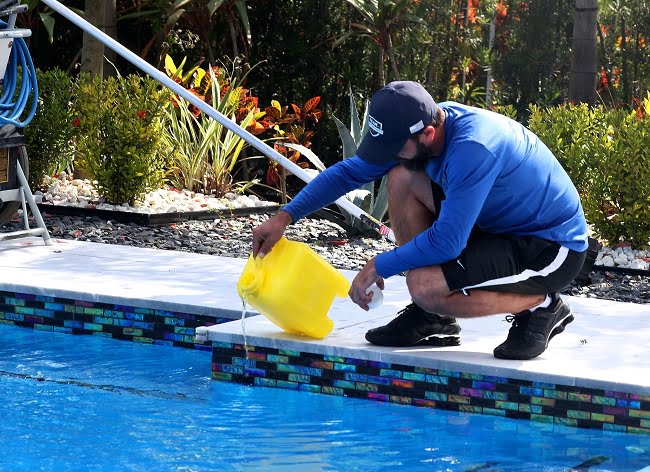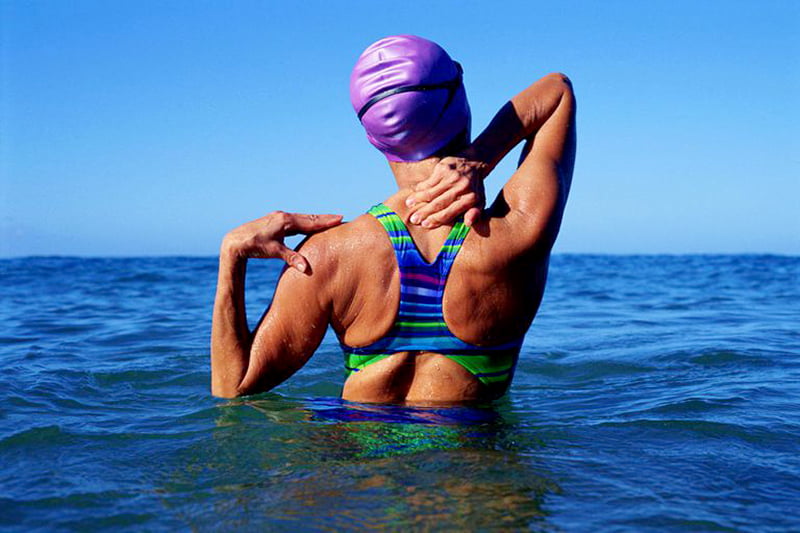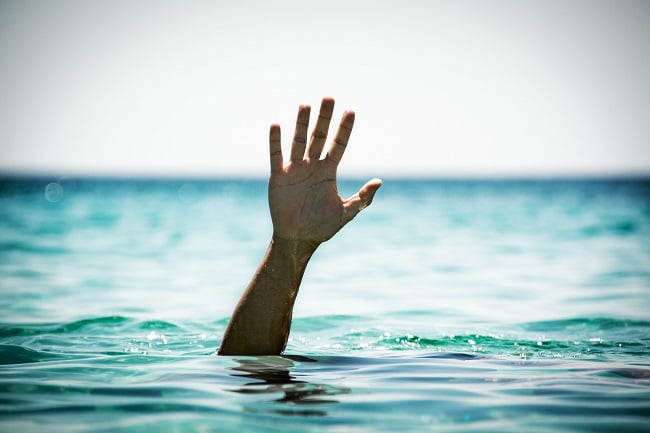Swimming is an overall great workout and a fantastic way to stay active. However, nothing is perfect. Swimming has some drawbacks that you need to pay attention to. Illume-emag could name a few for you down below.
- Pools’ Chlorine
Pools utilize chlorine because it is a potent disinfectant. Excessive chlorine exposure is harmful to one’s health since it may induce headaches, dry skin, and eye irritation, among other things.

Swimming goggles can help avoid eye discomfort, but your skin, hair, and ears will still be exposed to the effects of chlorine. Inhaling chlorine can also cause respiratory issues and raise the chance of getting asthma.
- Injuries

Another significant drawback of swimming is that swimmers are more vulnerable to certain injuries. This is due to the high number of repeated motions during various strokes. The following are the most frequent swimming injuries:
- Shoulder injuries, tendinitis, and shoulder impingement.
- Knee injuries.
- Neck and low back injuries.
- Bicep’s tendinitis.
These can be caused by:
- Lack of proper rest between swimming sessions.
- Bad stroke technique.
- Poor breathing technique.
- Poor conditioning and strength of the core, hips, and shoulders.
- Drowning
Swimming in a pool is much safer, but swimming in open water (such as the sea, lakes, or rivers) may be quite dangerous. The risk is caused by the currents as well as a lack of understanding and experience with how underwater currents interact with human bodies.

Swimming in open water is more perilous since the currents are more dynamic and can pull us beneath the water. This is especially dangerous for someone who does not know how to swim.
- Fungal Infections
Another typical consequence of swimming is fungal infections. The athlete’s foot is a common fungal infection among swimmers; it is extremely infectious and spreads fast.

Another source of worry is the likelihood of a yeast infection, which is produced by a mix of swimming water, excessive humidity, and heat.
- Bacterial Infections
Many different bacteria and pathogens can be found in the water. Even in well-chlorinated pools, some bacteria can still survive.

A common bacterial infection is the swimmer’s ear. It usually develops when water stays in the ear canal for a long time. This gives bacteria a chance to develop and, as a result, infect the skin of your ears.
- People Pee in the pools.

It is a well-known problem that a lot of people do pee in the water, and this can cause some health problems, too, like asthma and other respiratory problems. And if chlorine drops below certain levels, it might not provide adequate protection as a disinfectant.

